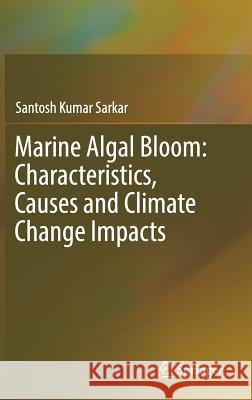Marine Algal Bloom: Characteristics, Causes and Climate Change Impacts » książka
topmenu
Marine Algal Bloom: Characteristics, Causes and Climate Change Impacts
ISBN-13: 9789811082603 / Angielski / Twarda / 2018 / 172 str.
Kategorie BISAC:
Wydawca:
Springer
Język:
Angielski
ISBN-13:
9789811082603
Rok wydania:
2018
Wydanie:
2018
Ilość stron:
172
Waga:
0.44 kg
Wymiary:
23.39 x 15.6 x 1.27
Oprawa:
Twarda
Wolumenów:
01
Dodatkowe informacje:
Wydanie ilustrowane











